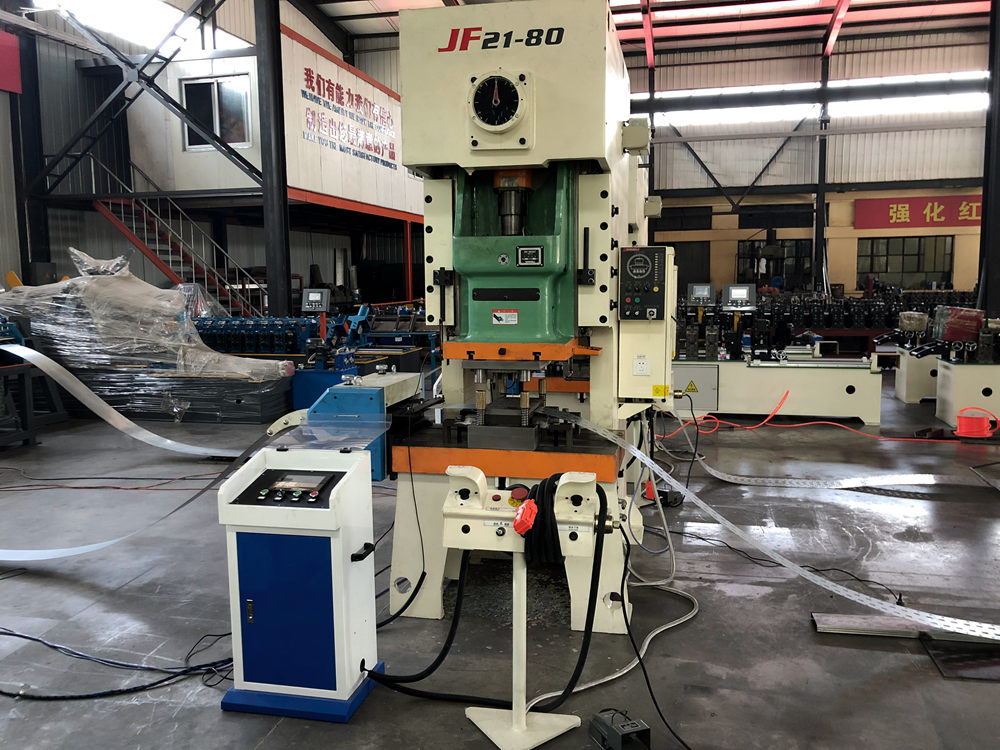
Understanding the Straight Seam Tube Rolling Mill Process
The straight seam tube rolling mill is an essential piece of equipment in the manufacturing of tubular products, which are widely used in various industrial applications, including construction, automotive, and energy sectors. This article delves into the intricacies of the processes involved in a straight seam tube rolling mill, highlighting its significance, operational parameters, and the technological advancements that have improved its efficiency.
The Process Overview
The primary objective of a straight seam tube rolling mill is to produce tubes with a uniform cross-section and precise dimensions. The process generally begins with a flat steel strip, which is fed into the mill. As the strip moves through a series of rollers, it is gradually shaped into a tube by being folded and welded together along its length. This method is often preferred due to its efficiency and the consistency of the final product.
The first step in this process is the strip preparation. The steel strip is cleaned and sometimes pre-heated to ensure optimal welding conditions. Once ready, the strip passes through a series of forming rolls that guide it into a tubular shape. The alignment and pressure exerted by these rolls are crucial, as any deviation can result in structural inconsistencies.
Welding Techniques
Following the initial forming stage, the edges of the strip are brought together to facilitate welding. The most common welding technique used in straight seam tube rolling mills is the high-frequency induction welding method. This technique uses electromagnetic induction to heat the edges of the strip, allowing them to fuse together seamlessly. The process is known for its speed and quality, producing strong welds that can withstand high-pressure applications.
Post-welding, the newly formed tube undergoes various machining processes, primarily to remove any excess material and to ensure that the dimensions meet the specified tolerances. These subsequent processes include sizing, straightening, and cutting to length, which are critical to achieving the required fit for the final application.

Advanced Technologies in Tube Rolling
Modern straight seam tube rolling mills have incorporated advanced technologies to enhance efficiency and reduce waste. Automation plays a significant role in the operation of these mills. Computer Numerical Control (CNC) systems are now commonly used to manage the rolling and welding processes, ensuring precise control over the parameters involved.
Additionally, the introduction of advanced monitoring systems allows for real-time inspections during the manufacturing process. These systems can detect anomalies, such as inconsistencies in thickness or welding defects, which facilitates immediate corrective actions. By utilizing such technology, manufacturers can significantly improve the quality of their products while reducing downtime and material costs.
Applications and Market Demand
The products generated by straight seam tube rolling mills have a wide range of applications. These tubes are prominently used in the automotive industry for exhaust systems, in construction for structural applications, and in the energy sector for pipelines. With the rising demand for efficient and durable products, the market for straight seam tubes is expected to grow steadily.
Furthermore, as global standards for quality and sustainability continue to evolve, manufacturers are increasingly focusing on producing tubes that minimize environmental impact. Innovations aimed at improving energy efficiency in the rolling process and utilizing recycled materials are becoming more prevalent.
Conclusion
The straight seam tube rolling mill is a vital component in the manufacturing landscape, driving innovations and improving production techniques. As industries continue to evolve and demand more advanced products, the rolling mill process will likely see further advancements, ensuring that it remains at the forefront of tubular product manufacturing. The combination of traditional methods with cutting-edge technology promises a future where efficiency, sustainability, and quality converge, reshaping the industry for years to come.